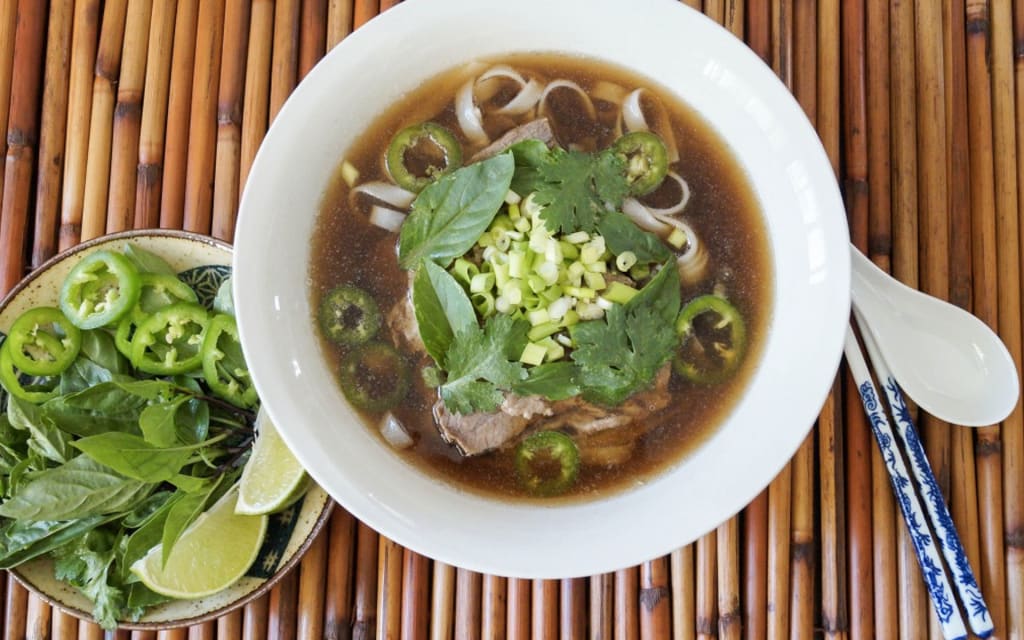
Pho is considered a national dish for the Vietnamese. To some extent, it is held as a reflection of the heritage and daily life of the people of Vietnam. In layman’s terms, pho is a Vietnamese noodle soup that is traditionally made with chicken or beef broth, spiced with various flavors and topped with different herbs. Because of its complex flavors and deceptive simplicity, pho captured the attention of many people in the West when it was brought over via Vietnamese immigration. Events such as the unification of Vietnam under the French rule and others also delineate the history of pho; what follows is an exploration of this most beloved of Vietnamese dishes.
From Feu to Pho

Most historians agree that the history of pho can be traced back to an area in northern Vietnam called the Nam Dinh/Hanoi region. The dish first appeared in the late 19th century, which was around the time that the French colonization of Vietnam first began. Culinary experts suspect that the source of the term ‘pho’ is actually from feu - the French word for fire - and that the dish itself was adapted by the Vietnamese after being introduced by their French colonizers to their signature beef stew, called pot au feu. The Vietnamese pronounced 'feu' as pho and over time this adapted term entered the culinary lexicon as the dish we know today.
Etymology aside, the original pot au feu is helpful in understanding what pho actually is. This term describes its key cooking process, namely the long hours required to cook pho’s French predecessor. It is important to note that before the French colonized Vietnam, the Vietnamese did not slaughter cows for food and the animal's use was limited to manual labor in the rice fields. But once the French arrived, and with them their beef soup, the Vietnamese changed their practice and started killing cows to obtain the marrow-rich, cartilaginous bones that constitute the broths of both pot au feu and pho. In fact, the first instruction of any pho recipe is to place these bones in a pot of water and leave it to simmer for three hours.
Vietnam Meets Meat
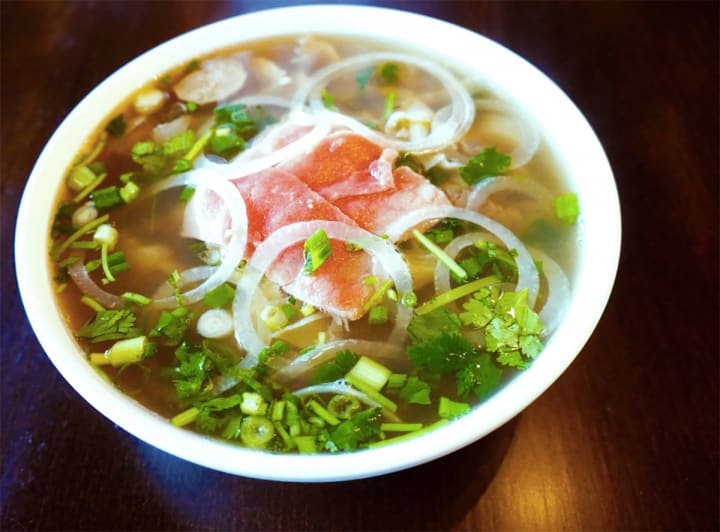
The French introduced the notion of slaughtering cows and the practice was eventually normalized in Vietnamese culture. By the 1920s, the Vietnamese had a newly developed taste for meat. The street vendors who sold noodle soup responded accordingly, and jumped on the opportunity to experiment with a new ingredient. They began by selling a popular soup made of water buffalo meat and rice vermicelli.
As pho’s popularity grew over time, so did the number of proper shops that served the dish. In 1930, pho gained official recognition in the Vietnamese dictionary, which defined it as a soup comprising of noodles and thinly sliced beef. New variations soon emerged due to the natural competition among cooks. In 1939, local chefs introduced chicken in place of beef. Although the switch from beef to chicken was not initially well received, people got used to the variation and eventually it was fully embraced.
In the 20th century, an economic downturn required Vietnam's government to start rationing food. This was a potential threat to the survival of pho in the food industry because the noodles were seen as a waste of precious rice. Amidst these concerns, most local pho stores ended up closing. Seizing this opportunity, the street vendors began selling the soup, and were thus restored as the favored distributors of the soup just as they had been years earlier. Due to the rations, these mobile cooks served miserable “potato pho” in line with the pre-approved ingredients of the authorities. However, the vendors secretly cooked and sold fresh pho to those who knew to ask. This clandestine practice helped keep the pho tradition alive.
Going Global
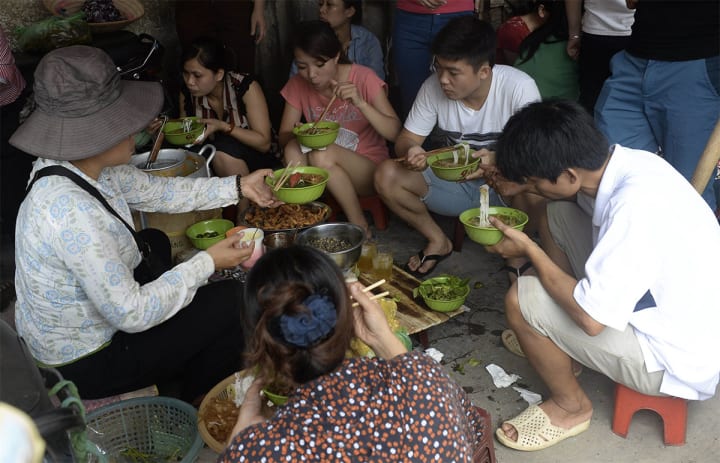
When Vietnam was divided into southern and northern Vietnam in 1954 after the colonial period ended, it is estimated that about one million northern Vietnamese migrated towards the south. This migration was significant to the evolution of pho due to environmental differences between the northern and southern regions of Vietnam; the south is more agriculturally rich, so cooks situated there could access important ingredients in pho such as Chinese rock sugar, Thai basil, fermented beans and bean sprouts.
In the spring of 1975, the refugees fleeing Vietnam came to the United States with dreams of having better lives and a more prosperous future. They brought along with them their cuisine and culture, of which pho was now a staple. The dish was a smash hit in this foreign environment and remains a beloved addition to the diverse culinary landscape that defines American cuisine.
You can find pho everywhere, from American households to small street vendors to trendy cosmopolitan restaurants. According to statistics, the number of pho restaurants is currently as high as 2000 across Canada and the United States. Among these restaurants, some serve pho only in either the northern style or southern style, while others make no clear regional distinction in their menus.
Pho and the Future
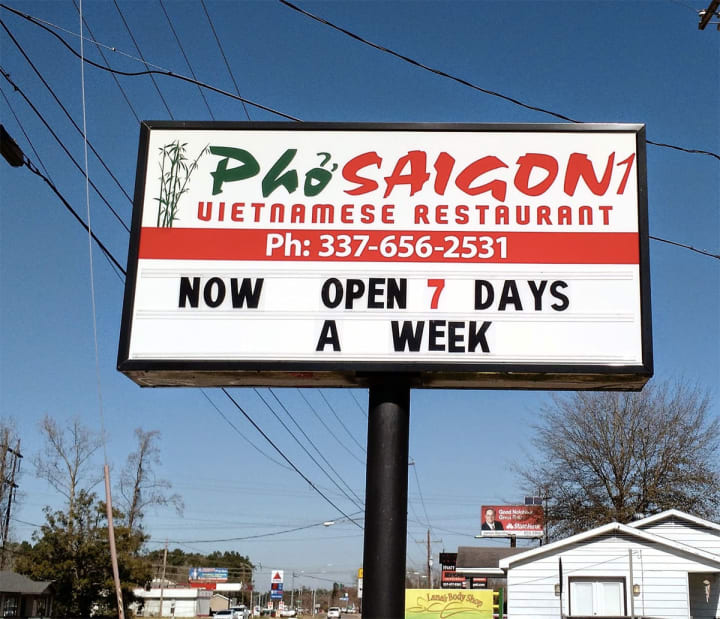
Many culinary experts in Vietnam have taken it as their responsibility to protect pho and maintain its integrity and traditional identity. Although pho by nature is a versatile and easily adaptable dish, there is some pushback as to what should actually be categorized as pho and what deviates too far from the original to be considered as such. For example, many pho connoisseurs have taken to experimenting with ingredients including pork and seafood in their pho recipes in lieu of the more typical beef or chicken. In some places, these versions are referred to as “hu tieu”, a decision that depends on the degree of pho variations that appear locally.
It is important to note that because of the appeal and its distinctly layered flavors, pho has captured the attention, fascination and interest of people from all over the world. While you might have to eat in a local pho shop in Vietnam to attain the most authentic experience, at least you can rest easy knowing that no matter where you are in the world, you can probably find a piping hot bowl of meat broth and noodles that has a history as rich as its taste.
About the Creator
Dave Lee
Self proclaimed master of the microwave, capable of creating delicious meals in less than 5 minutes




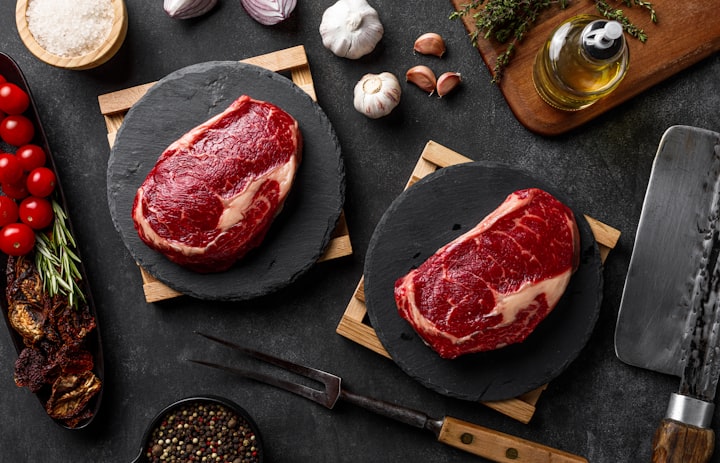

Comments
There are no comments for this story
Be the first to respond and start the conversation.